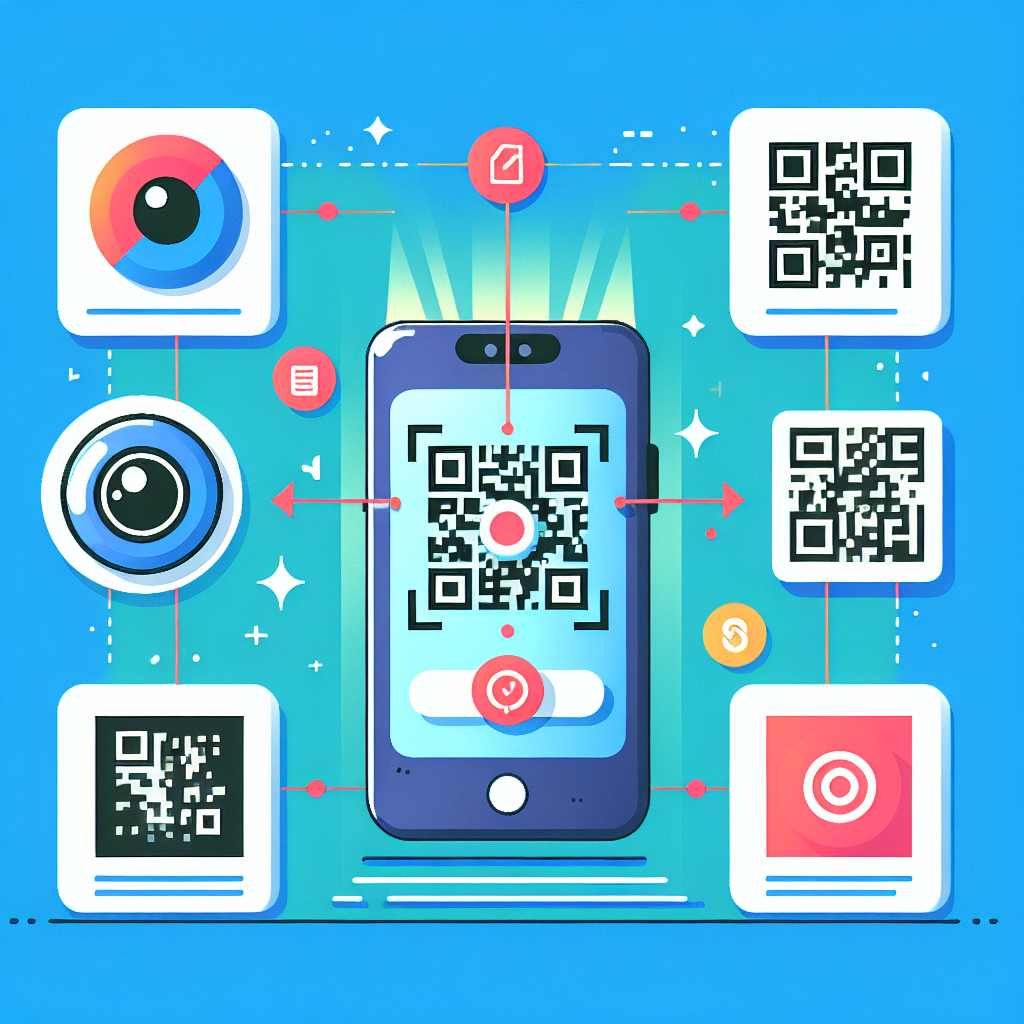QR codes have become a ubiquitous part of modern life, used for everything from accessing websites to making payments. While we often scan these codes seamlessly, the technology behind QR code readers is an intricate and fascinating process.
QR codes have become a ubiquitous part of modern life, used for everything from accessing websites to making payments. While we often scan these codes seamlessly, the technology behind QR code readers is an intricate and fascinating process. This article provides an in-depth look at how QR code readers work, from scanning the code to decoding the data.
What Is a QR Code?
A QR (Quick Response) code is a two-dimensional matrix barcode that can store a variety of data formats, including text, URLs, payment information, and more. Unlike traditional barcodes (one-dimensional), QR codes encode information in both horizontal and vertical dimensions, enabling them to store significantly more data.
Components of a QR Code
To understand how a QR code reader works, we first need to break down the features of a QR code:
- Finder Patterns: Three large squares at the corners of the QR code help the reader locate the edges of the code and determine its orientation.
- Alignment Patterns: Smaller square patterns within the QR code correct for distortion if the code is scanned at an angle.
- Timing Patterns: Alternating black and white lines that help the reader determine the data cell grid for decoding.
- Format Information: This area holds information about the error correction level and masking pattern.
- Data and Error Correction Blocks: The encoded information is stored in these blocks, interspersed with error correction data to allow recovery of the data even if part of the QR code is damaged.
How a QR Code Reader Decodes a QR Code
Scanning the QR Code
The process begins when a QR code reader scans the QR code.
This can be done with:
- Smartphone Cameras: Most modern smartphones have built-in QR code scanning capabilities.
- Dedicated QR Code Scanners: Often used in retail or industrial applications.
The QR code reader captures an image of the QR code using a camera sensor or optical scanning module.
Image Processing
Once a QR code is scanned:
- The reader software processes the captured image to identify the QR code.
- It analyzes contrast between black and white areas to detect the code. The black and white squares represent binary data (0s and 1s).
Locating the QR Code
The finder patterns (three large squares) are located. These dictate:
- The orientation of the QR code (top, bottom, left).
- The positioning of the grid that contains the data.
Once identified, the alignment and timing patterns adjust for distortion, such as:
- Skewed angles when the code is scanned from an off-axis perspective.
- Irregular lighting or shadows affecting the image.
Decoding the Format Information
The reader reads the format information, which tells it:
- The level of error correction applied to the data.
- The masking pattern used to randomize the data.
This step helps the reader prepare for the next phase: decoding the data.
Extracting Data
The reader now scans the data and error correction blocks, converting the encoded patterns (black and white squares) into binary data:
- Each black square represents a binary "1."
- Each white square represents a binary "0."
Error Correction
QR codes use Reed-Solomon Error Correction, a mathematical algorithm that allows QR codes to function even if part of the code is damaged (up to 30% for the highest correction level). The error correction data, stored alongside the primary data, reconstructs any missing or distorted parts.
Converting Binary Data to Human-Readable Output
Once the binary data is successfully extracted and error correction is applied:
- The data is translated into its original form (e.g., a URL, text, or numeric string).
- The reader checks for specific symbols or encoding to know how to process the data. For instance:
- A URL opens in a browser.
- Payment information triggers a payment app.
This output is then displayed to the user or forwarded to the appropriate system, completing the decoding process.
Role of QR Code Reader Algorithms
The accuracy and speed of QR code scanning depend on the software and algorithms used by the reader:
- Edge Detection Algorithms: Identify the boundaries of the QR code to filter out irrelevant background information.
- Decoding Algorithms: Analyze and decode each module (square block) with precision, even in challenging conditions like low light.
- Error Correction Algorithms: Reconstruct damaged or missing parts of the code using available error correction information.
Smartphone QR Code Scanning vs. Dedicated Scanners
Smartphone QR Code Scanning
Smartphones use the device's camera and processing power to scan and decode QR codes. They:
- Leverage apps or built-in systems to instantly read and interpret codes.
- May struggle in poor lighting or with damaged codes due to limited optical quality.
Dedicated QR Code Scanners
These devices are designed specifically for fast and accurate QR code scanning:
- Often use laser or infrared technology to scan codes.
- Can scan in various challenging conditions, such as poor lighting or uneven surfaces.
Real-Life Applications of QR Code Readers
- Retail and Payments: QR codes are commonly used for cashless payments in stores and online shopping.
- Logistics and Inventory: QR codes streamline track-and-trace systems for shipped goods.
- Marketing and Engagement: QR codes provide easy access to promotional websites or app installations.
- Healthcare: Used in patient records, medication tracking, and lab reports.
Conclusion
QR code readers rely on a blend of hardware and software technologies to scan and decode data accurately. From the optical scanning of the image to sophisticated error correction algorithms, the process is a perfect example of how innovation and mathematics integrate seamlessly. Whether scanning a URL at a restaurant or using it in logistics, QR code readers efficiently connect digital and physical worlds.
